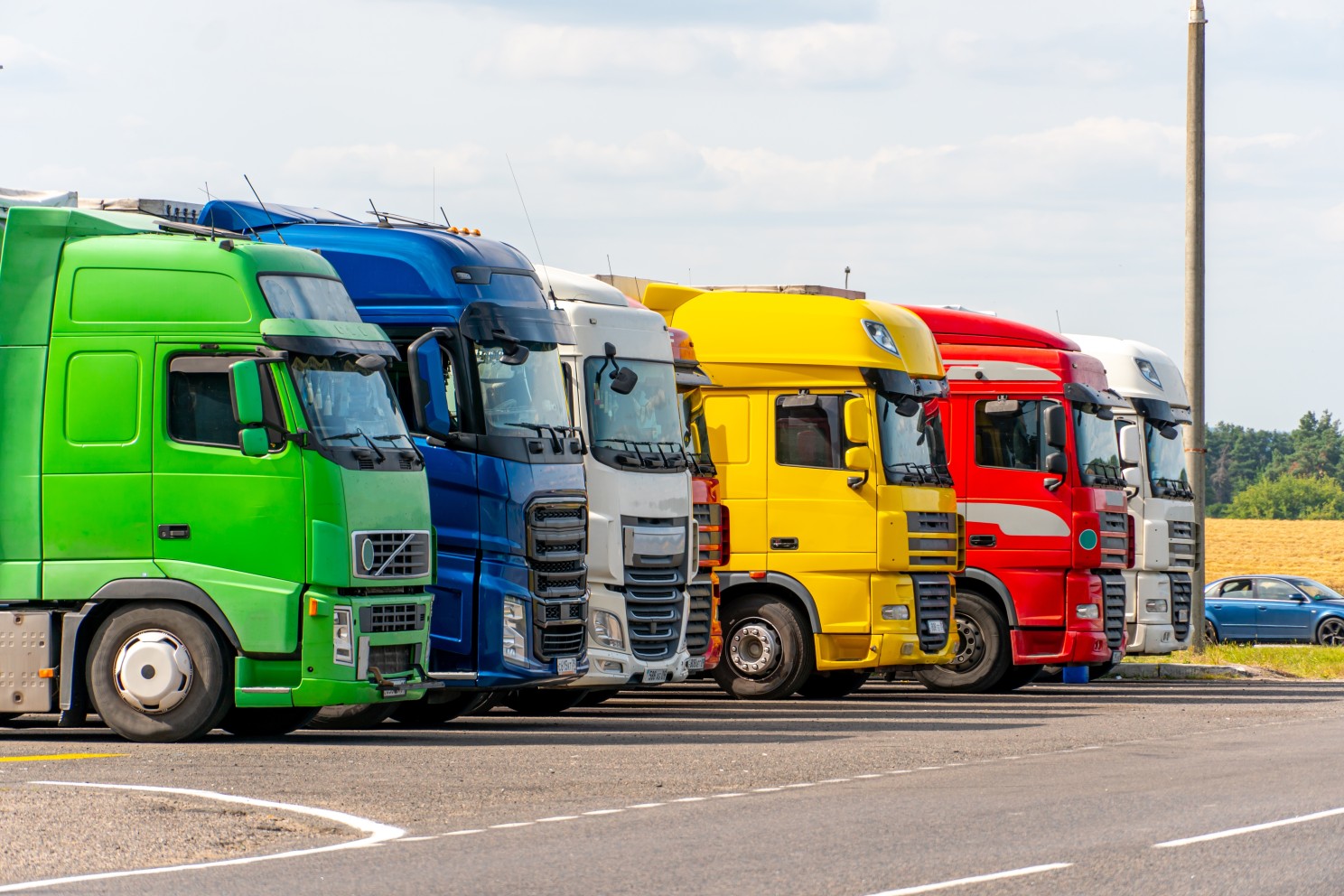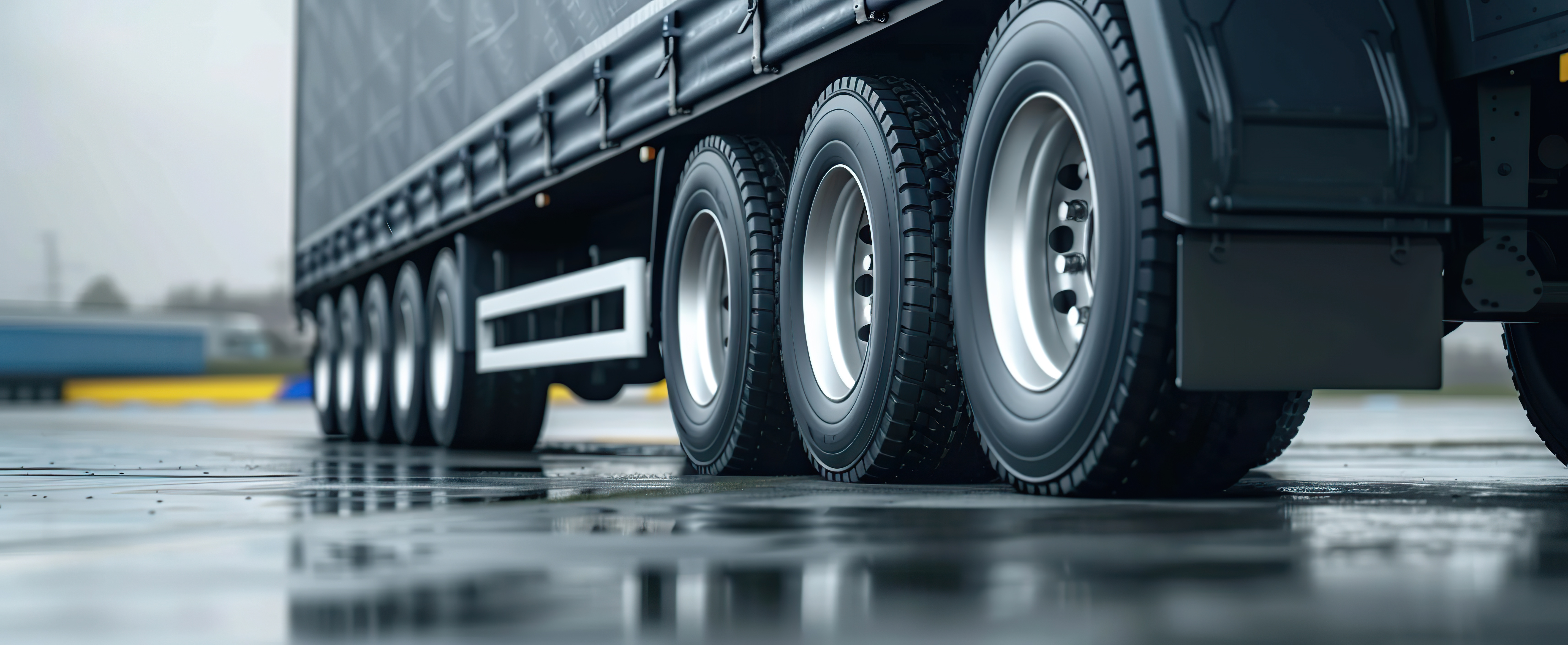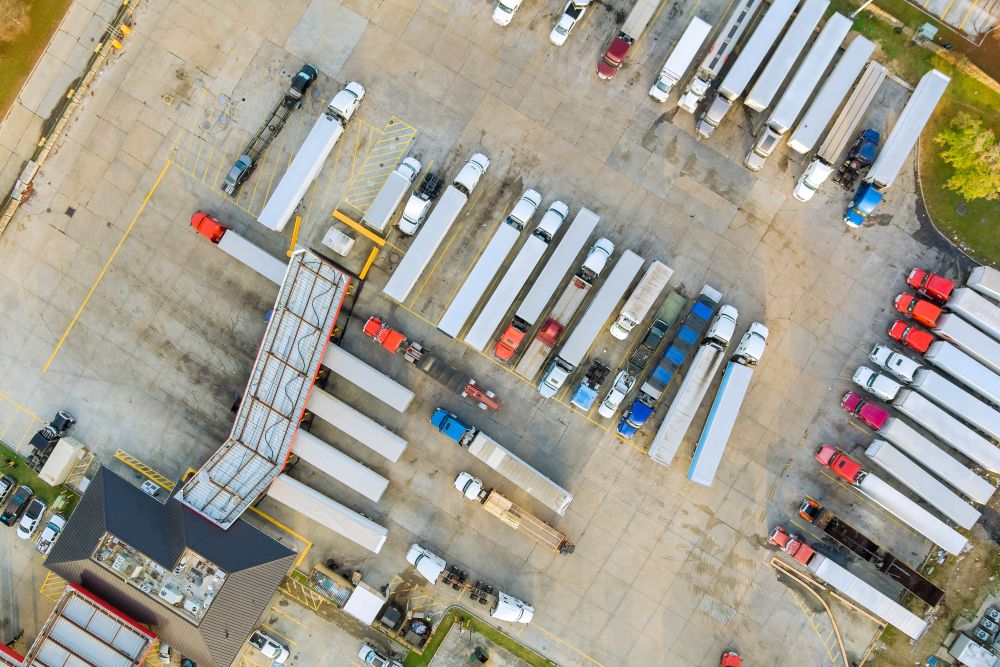
Josh Cousens
Kaj morajo upravljavci voznih parkov vedeti o prometnih predpisih EU
Ustvarjeno: 07. 04. 2025
•
Posodobljeno: 07. 04. 2025
Vemo, da se upravljavci voznih parkov spopadajo s pomanjkanjem voznikov, naraščajočimi stroški goriva in zahtevno nalogo zagotavljanja skladnosti tovornjakov. Dodajte še zapleteno mrežo prometnih predpisov EU, ki se spreminjajo hitreje kot kilometrina vašega voznega parka. Se vam to zdi znano?
Dobrodošli na evropski fronti tovornega prometa.
Regulativno okolje EU, od pravil o urah obratovanja do ciljev glede emisij, je izziv in pol, a tudi načrt za bolj inovativen, varnejši in trajnostni prevoz.
Ne glede na to, ali vodite družinsko podjetje na Poljskem ali nadzorujete vseevropsko poslovanje v Združenem kraljestvu, upoštevanje pravil ni neobvezno. Gre za preživetje.
Zakaj morajo biti upravljavci voznih parkov pozorni
Predpisi EU o prevozu vplivajo na skoraj vse vidike vašega delovanja: voznikove ure, emisije vozil, mejni nadzor, parkiranje in digitalno skladnost. Zaostajanje lahko pomeni globe, zamude ali izgubo pogodbe.
Dobra novica je, da če sistem razumete, ga lahko uporabite v svojo korist. S poznavanjem pravil boste lažje dosegli, da bo vaše podjetje izstopalo od konkurence.

Ključni prometni predpisi EU, ki jih mora poznati vsak upravljavec voznega parka
1. Zakonodaja o voznikovih urah in tahografih
Evropska unija ima stroga pravila o tem, koliko časa lahko vozniki delajo na cesti. Upravitelji voznih parkov morajo zagotoviti, da njihovi vozniki:
- Vozite največ 9 ur na dan (dvakrat na teden lahko podaljšate na 10 ur).
- Ne prekoračite 56 ur vožnje na teden
- Po 4,5 urah vožnje si vzemite 45-minutni odmor.
V vsa ustrezna vozila je treba vgraditi digitalne tahografe, s katerimi je mogoče spremljati skladnost. Če tega ne storite, je to eden od najpogostejših razlogov za kazni.
Več informacij o pravilih za tahografe tukaj.
2. Paket mobilnosti
Ta obsežen sklop reform spreminja čezmejni prevoz blaga. Ključne spremembe vključujejo:
- Redno vračanje vozil v matično državo vsakih 8 tednov
- Enako plačilo za voznike, ki delajo v državah gostiteljicah EU
- nova pravila o kabotaži in napotitvi voznikov.
Za upravitelje voznega parka, ki nadzorujejo mednarodni prevoz, je to sprememba, ki spreminja pravila igre.
Več o paketu mobilnosti tukaj.
3. Emisije in okoljski predpisi
Območja z nizkimi emisijami (LEZ), cilji CO2 za nove tovornjake in spodbude za električna vozila so le začetek.
Upravljavci voznega parka morajo upoštevati emisijske standarde Euro 7. Ti vključujejo:
- Poznavanje območij z nizkimi emisijami (zlasti v mestih, kot so Pariz, Berlin in Milano).
- Vlagajte v čistejšo tehnologijo ali posodobite starejša vozila
- Spremljajte podatke o emisijah za potrebe poročanja.
4. Pametni tahografi in digitalna skladnost
Evropska unija si prizadeva za avtomatizirano izvrševanje:
- Pametni tahografi so obvezni v vseh novih vozilih.
- Te naprave prenašajo podatke GPS in jih lahko organi preverijo na daljavo
- Digitalna orodja za upravljanje voznega parka niso več razkošje - so vaša pravna varnostna mreža.
5. Čezmejna pravila o parkiranju in počitku
Upravljavci voznega parka morajo načrtovati parkirišča in počivališča v skladu s pravili o dobrem počutju voznikov:
- Vozniki morajo tedensko počivati zunaj kabine.
- V nekaterih regijah postaja varno parkiranje tovornjakov obvezno.

Pogosto zastavljena vprašanja
Kakšna so pravila EU o času vožnje za voznike tovornih vozil?
Upravitelji voznih parkov morajo zagotoviti, da vozniki upoštevajo omejitve, ki jih predpisuje EU: 9 ur na dan (s prilagodljivostjo), ustrezni odmori in največje tedenske/mesečne omejitve vožnje.
Kaj je paket EU za mobilnost tovornjakov?
Reforma paketa za mobilnost zagotavlja pošteno konkurenco, dobro počutje voznikov in ustrezen nadzor v mednarodnem tovornem in cestnem prometu - s strožjimi pravili o kabotaži, plačilu in vračanju.
Kaj se zgodi, če kršite pravila tahografa?
Vozniki, ki kršijo pravila tahografov, lahko pričakujejo globe, morebitne prepovedi in okrnjen ugled podjetja. Neupoštevanje ni le tveganje, ampak je tudi drago.
Ali države EU zahtevajo emisijske standarde za tovornjake?
Da. Večina večjih evropskih držav in mest ima stroge politike in emisijske cilje za zmanjšanje onesnaževanja zraka z vozili, zato morajo upravljavci voznih parkov načrtovati vnaprej.
Velika slika
Upravitelji voznega parka ne upravljajo le tovornjakov, temveč tudi tveganja, skladnost in ugled svojega podjetja. Razumevanje predpisov EU o prevozu je razlika med uspehom v sodobnem prevozu blaga in zaostankom.
SNAP je to delo lažje. Od digitalnih plačil do rešitev za parkiranje tovornjakov in zagotavljanje skladnosti - podpiramo ljudi, ki skrbijo za to, da je Evropa v gibanju.
Predpisi se zaostrujejo, a pristojni upravljavci voznih parkov? Tudi oni se trudijo, da bi se bolje odrezali.
Ste pripravljeni na skladnost, konkurenčnost in prihodnost tovornega prometa? Odklenite SNAP še danes.



